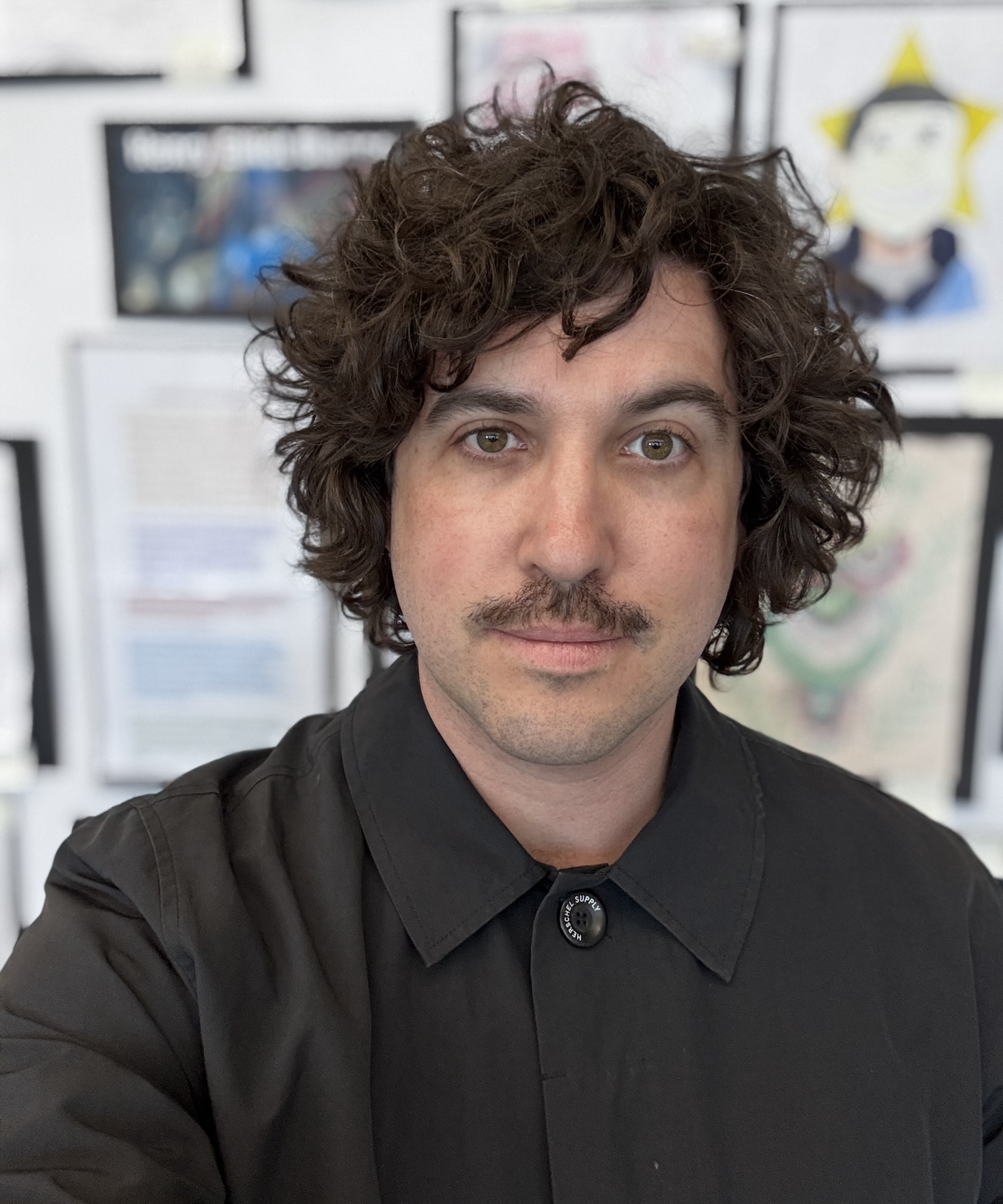Written by Ryan Byrne, a GC educator based in Long Beach, CA
Civic education feels more relevant than ever. In an age of increasing polarization and urgent local challenges, I’ve seen how Generation Citizen projects bring curriculum to life in ways that resonate deeply with my students. These projects connect academic learning to real-world issues and give students a true sense of purpose. Whether they’re organizing a city-wide beach cleanup, creating a PSA on recycling, or sitting down with the Long Beach Mayor to discuss on-campus substance abuse prevention, they’re learning that their voices and actions can drive tangible change.
That’s the heart of why I teach civics.
My hope is that 20, 30, even 40 years from now, my students will look back and remember these projects not just as school assignments, but as the moments when they began shaping their communities. I hope they’ll understand that change doesn’t only come from the top down. It starts at the grassroots, with everyday people coming together to make things better.
Of course, not every day is easy. There are moments when I question whether what we’re doing will actually work out. But time and again, it’s my students who remind me to trust the process. Their energy, persistence, and belief in their own agency are just as essential to the success of GC in my classroom as the curriculum itself. They’ve taught me patience and consistency, and that’s made all the difference.
Looking ahead, I believe the future of civic education at our school will continue to be shaped by student-led engagement. As students grow more confident in their ability to create change, we’ll see more bold projects that tackle local issues with creativity and determination. The work we’re doing now (connecting students with local leaders, building community partnerships, and emphasizing action over abstraction) is laying the groundwork for a new generation of empowered citizens.
I imagine civic education becoming increasingly interdisciplinary, extending into science, language arts, and art. Students will learn to approach social challenges from multiple perspectives. We’ll continue shifting toward an action-oriented, equity-centered model where students don’t just learn about government, they practice democracy. And we’ll expand our definition of civic literacy to include media literacy, empathy, and the ability to navigate complex conversations.
In the long run, I believe these lessons will stick. Whether my students go on to vote, volunteer, or run for office, they’ll carry with them the belief that change is possible and that they have the tools to make it happen.
Civic education isn’t just about understanding how systems work. It’s about helping young people see themselves as people who can improve them. That’s the future I see, and it starts in our classrooms every day.
